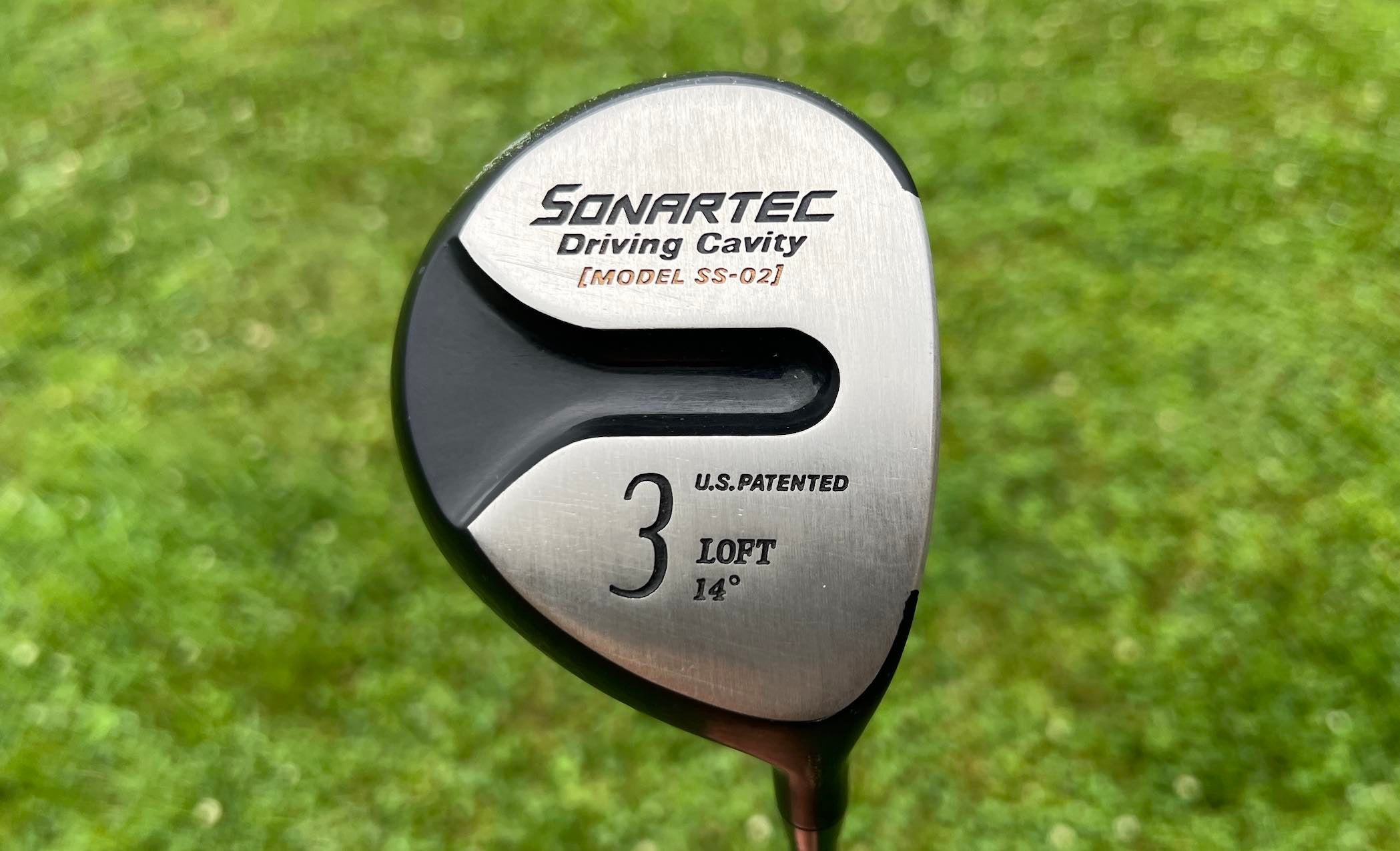Golf
His Open win made this hybrid famous. But its manufacturer couldn’t capitalize

Todd Hamilton navigated Royal Troon with a uniquely built hybrid.
Getty images
Rarely does a single club become a defining memento from a major-championship win, but it does happen.
Think Gene Sarazen’s 4-wood from the 1935 Masters, Jack Nicklaus’ jumbo MacGregor putter from the 1986 Masters or Henrik Stenson’s trusty Callaway Diablo Octane Tour 3-wood from his win at the 2014 Open Championship.
Also on that short list: Todd Hamilton’s Royal Troon-conquering Sonartec MD hybrid, which has become synonymous with his Open win from 20 years ago.
The club

ebay
Thanks to Hamilton, Sonartec became known for their hybrids, but before their MD was a hit, the brand already was a small fairway wood-focused company with a big following. Their products were first brought to North America by an entrepreneur in 2000; the clubs were under the Sonartec name, with technology licensed from a Japanese company called Royal Collection.

Ryan Barath
Models from the SS Series, including the SS-03 and the SS-07, were popular on the PGA Tour with many players, including Nick Price. David Duval used a Sonartec fairway wood when he won his lone major at the 2001 Open Championship.
Hamilton’s club was a 17-degree Sonartec MD hybrid bent down in loft to 14 degrees and built to 42.5 inches, just under the standard length of a 3-wood. Hamilton used that club many times during his win, executing his most famous shot in a playoff against Ernie Els.
The shot
On the fourth and final hole of the aggregate score playoff, Hamilton pulled out his Sonartec from well short of the green and lagged a bump and run on the tight, firm turf to just under three feet away.
Even though the final shot was the most memorable, Hamilton had used the club many times off the tee during the week to avoid trouble and found only one bunker in four rounds.
The rise and fall
Like many smaller companies that have enjoyed success on a big stage, Sonartec was not quite ready for the incoming requests made by retailers and golfers following Hamilton’s win.
The company had found a solid niche with better players in need of fairway woods and hybrids, but once the demand surged well past the initial forecasts, production delays followed. Those delays allowed other companies — i.e., TaylorMade with its Rescue models, plus other smaller companies, like Nickent and Adams — to seize on golfers’ new-found love for hybrids.
Even after its 2004 success, Sonartec forecasted a low supply for its MD hybrids into 2005 and immediately had to play catch-up after delays were caused by several issues, including a shortage of graphite shafts and even headcovers. Then, in an attempt to expand its offerings to include a driver, wedges and clubs more appealing to higher handicap golfers, Sonartec eventually dug itself into a financial hole that led the company to seek outside investment.
Although the funding allowed Sonartec to continue to invest in R&D and inventory, the relationship quickly soured over financial terms and existing debt, and with the financial crisis of 2008 compounding issues, Sonartec officially shuttered in March 2008.
Although the company is defunct, its legacy of its hybrids will live on thanks to one fateful week at Royal Troon.
Want to overhaul your bag for 2024? Find a fitting location near you at True Spec Golf.











